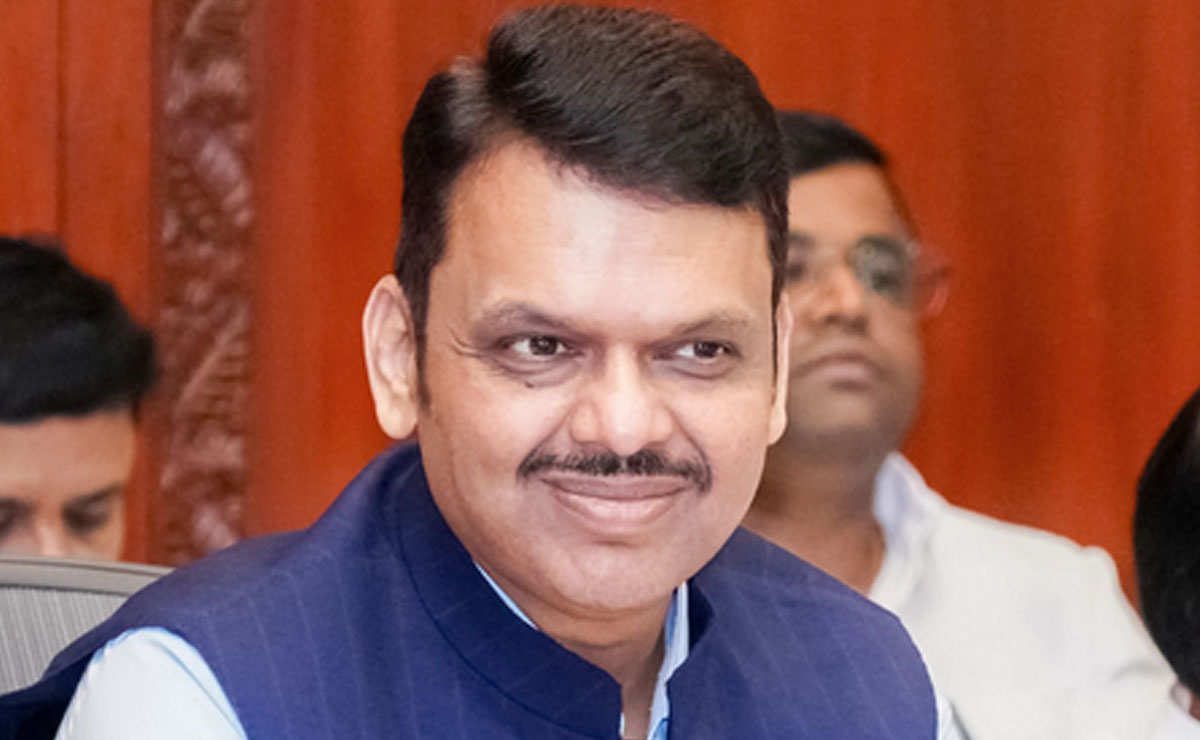Rapid redevelopment essential for a slum free Mumbai: CM Fadnavis
Chief Minister Devendra Fadnavis said the implementation of speedy redevelopment is necessary to make Mumbai slum-free.

Mumbai: Chief Minister Devendra Fadnavis said the implementation of speedy redevelopment is necessary to make Mumbai slum-free. To make Mumbai slum free, the projects should be completed in a time-bound manner, avoiding delays.
Speaking at an event on Thursday, the Chief Minister said, “If we want to make Mumbai slum-free and carry out redevelopment quickly, we cannot have projects dragging on for decades. Once a project starts, the plot should be readied within a year to a year and a quarter, and the rehabilitation building should be constructed within the next year.
Only then will the dream of a slum-free Mumbai come true.” He emphasised that this transformation can be achieved through new ideas, new technologies, and an innovative approach. CM Fadnavis said that large-scale redevelopment is currently underway in Mumbai. The first phase of the BDD Chawl redevelopment on Thursday has been handed over to residents.
Also Read: Bhumi Pednekar: I wear my nationality as a badge of honour
“People who lived for nearly 100 years in 161 sq ft houses are now getting 500 sq ft flats. This is the largest urban redevelopment project in Asia. Along with redevelopment, slum redevelopment offers another major opportunity for Mumbai.
Cluster development is also creating new possibilities. Today, Mumbai boasts world-class architecture, iconic buildings, and excellent amenities,” he remarked. He further said that the latest technologies available worldwide should be brought to Mumbai. In the construction sector, such technology now allows an 80-storey building to be built in just 120 days.
Major infrastructure projects are also underway in Mumbai. “The Bandra–Versova Sea Link project is 60 per cent complete and will be finished within the next two years. Work is also in progress to extend the sea link to Dahisar, and later to Bhayandar. The Western Expressway currently carries 60 per cent of Mumbai’s traffic; a parallel connection from the sea link to Bhayandar–Vasai–Virar is being developed and will later be extended to the port.
All this will open up the entire northern belt for the real estate industry,” he added. CM Fadnavis said that when preparing Mumbai’s new development plan, the city’s diversity and its coastal location meant that many rules, military, naval, and forest regulations would have to be considered. CM Fadnavis said that the Atal Setu has opened the opportunity to create a “Third Mumbai”. “An ‘Edu City’ will be built there, just minutes away from the upcoming Navi Mumbai International Airport,” he said.
“With the central government allowing foreign universities to set up in India, world-class education can be provided here. On 300 acres, plans are in place to host 12 of the world’s top universities, with land and certain shared infrastructure provided by the government.
Agreements have been signed with seven universities, some of which are starting their campuses immediately. A total of one lakh residential students will live here, generating immense economic and social vibrancy,” he added.
